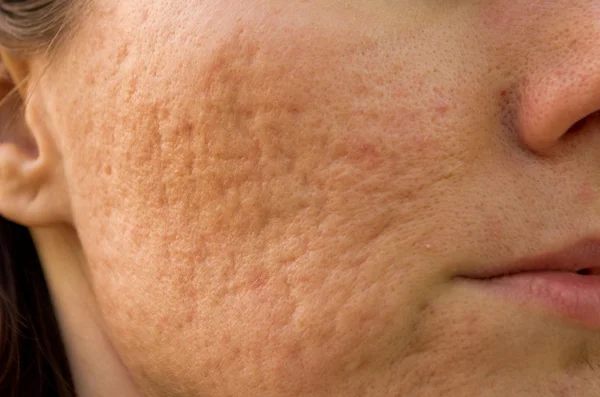Embark on a comprehensive journey with Lilium Skin Clinic’s specialised guide to understanding and treating scarring. Whether resulting from acne, injury, or surgical procedures, scarring can significantly impact skin texture and confidence. Our advanced clinical approach—featuring medical-grade skincare, collagen-inducing therapies, and resurfacing technologies—is designed to remodel scar tissue, improve skin texture, and restore clarity, smoothness, and renewed vitality with precision and care.

Acne scarring typically occurs when severe acne is left untreated for an extended period or if the person constantly picks or squeezes their acne.
Scarring is a result of deeper skin injury caused by inflammation, infection, or trauma.
Scarring severity is graded as follows:
Grade 1: Slightly visible inconsistencies in the complexion.
Grade 2: Visible mild rolling scars.
Grade 3: Visible moderate rolling, boxcar, and hypertrophic scars.
Grade 4: Visible severe icepick or keloid scarring.
he body’s natural process of healing wounds can sometimes lead to the formation of scars, especially if the injury is deep or severe
he type of injury or trauma, such as cuts, burns, or surgical incisions, can influence the likelihood and extent of scarring
Genetic factors can play a role in how your body responds to injuries and heals, affecting the formation of scars
If a wound becomes infected during the healing process, it can increase the risk of scar formation
Not providing proper care to a wound, like not keeping it clean or moist, can lead to a less ideal healing process and increased scarring